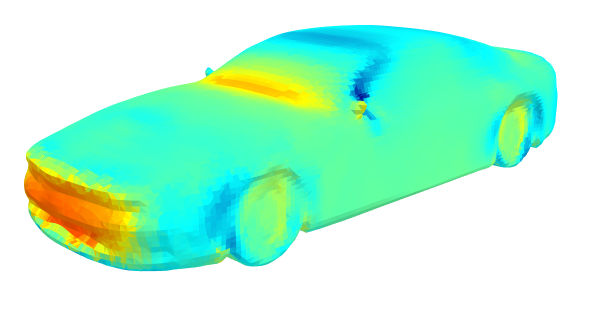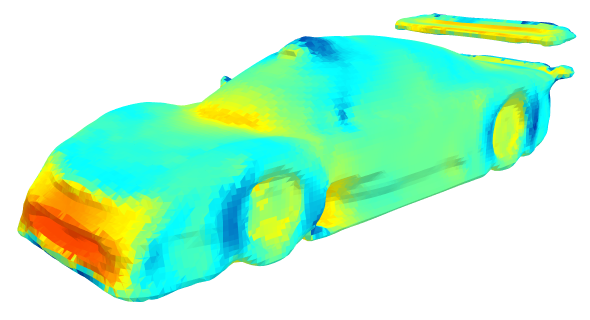Shape optimization is at the heart of many industrial applications, such as aerodynamics, heat transfer, and structural analysis. It has recently been shown that Graph Neural Networks (GNNs) can predict the performance of a shape quickly and accurately and be used to optimize more effectively than traditional techniques that rely on response-surfaces obtained by Kriging.
However, GNNs suffer from the fact that they do not evaluate their own accuracy, which is something Bayesian Optimization methods require. Therefore, estimating confidence in generated predictions is necessary to go beyond straight deterministic optimization, which is less effective.
In this paper, we demonstrate that we can use Ensembles-based technique to overcome this limitation and outperform the state-of-the-art. Our experiments on diverse aerodynamics and structural analysis tasks prove that adding uncertainty to shape optimization significantly improves the quality of resulting shapes and reduces the time required for the optimization.



Initial Shape

Optimized Shape

Initial Shape

Optimized Shape
@article{durasov2021debosh,
title={DEBOSH: Deep Bayesian Shape Optimization},
author={Durasov, Nikita and Lukoyanov, Artem and Donier, Jonathan and Fua, Pascal},
journal={arXiv preprint arXiv:2109.13337},
year={2021}
}